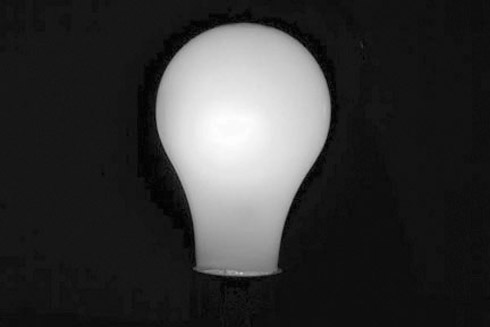| PHILOSOPHY
DESIGN THAT ADDS VALUE
RSAUD assumes a transdisciplinary, research-based approach to its work--one which looks at design as adding value through creative problem-solving. Common to all our projects is a combination of analytical acumen, strategic ingenuity and creative expression that results in a strong project identity/presence, coupled with active use. This goes beyond simply doing more with less. We use scenario-based thinking to locate and give form to the hidden potential in a place, rather than simply imposing a preconceived "look" or a set of abstract design principles. In short, we allow the solution to emerge and even surprise. This is demonstrated in the great variation in our work. RSAUD’s projects are additionally distinguished by a) an attention to lifestyle as a source of design ideas; 2) an interest in how our designs can maximize flexibility and accommodate change over time; and 3) the belief that interior and exterior are equal components of an architectural problem.
DIFFERENT SHADES OF GREEN
Embedding in a design the specificity of both its urban and natural context is the only way that public space can be not only environmentally sustainable, but socially and economically as well. We see the city as an ever-changing phenomenon: whether driven by changes in the weather or by human habit, to succeed projects must be designed with a built-in ability to adapt to changes in the context around them. Our approach to sustainable design focuses not only on the conservation of energy and resources, but on contributing to the stabilization of communities. These range from the specification of recycled materials to encouraging pedestrian life and use of public transit.
STAKEHOLDER ENGAGEMENT
RSAUD employs a collaborative approach that includes the involvement of the diverse stakeholders--community, govt. agencies, tenants/users, etc--whose support is a prerequisite to the success and implementation of each project. However, the design process flows first and foremost from an intimate understanding of our own client’s goals--the aspirations and constraints of a project. At the same time, we excel at strategizing how to best communicate and if necessary reconcile these with concerns of community members and agency officials. The tactics we have developed to so, whether a charrette or simply the way a presentation is conceived--is aimed at resulting in the construction of scenarios that not only expedite a project’s realization, but also imbue its design with greater intelligence and sensitivity.
:End |

